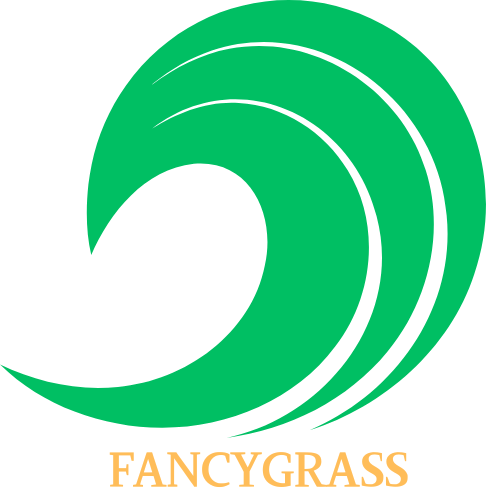Introduction
Tired of the hassle and expense of traditional lawns? Artificial grass offers a low-maintenance, beautiful alternative that’s perfect for busy families, pet owners, and anyone seeking a vibrant green space. Installing artificial grass can seem daunting, but with a clear plan and the right tools, you can transform your yard into a lush, green oasis. This comprehensive guide will walk you through the entire process, from preparing the ground to installing the turf and finishing touches.
Step 1: Preparing the Ground
1. Removing Existing Materials
Before you begin, it’s crucial to remove any existing materials from the area. This includes soil, weeds, and any other surface above ground. By rough grading the area and uncovering everything underneath, including electric wiring, irrigation, and pipes, you create a solid foundation for your artificial grass installation.
2. Cap Sprinklers
Next, cap any existing sprinklers that won’t be used. It’s vital to cap sprinklers at the pipe level, not the rising, to prevent leaks. Modify existing irrigation lines and add any necessary drainage. Backfill and mark the location of unused sprinklers to avoid depressions or low spots.
3. Moving Utilities
When locating any wiring, electrical sprinklers, etc., move them inward and away from any hardscape or perimeter by six to eight inches. This prevents accidental damage when securing the turf edge with nails. Once moved, lay all wiring on top of the subgrade surfacing with U-nails.
Step 2: Laying the Foundation
4. Installing Bender Board
The installation of the bender board is an important step. It provides a clean line and separation for the plants or bed and turf areas.
5. Gravel DG Mix
The next step is to install the base material. This special mixture of gravel and sand allows for proper drainage. Install 3 inches in depth. For a non-pet landscape installation, the base material should be installed to a depth of 3 inches.
6. Proper Distribution and Leveling
Proper base distribution and leveling are crucial. Account for sloping away from living areas and towards the drainage area. Proper base installation ensures the turf will have a smooth, level appearance upon completion.
7. Wetting the Base
Wet the existing base to allow for proper settling.
8. Compaction
Compaction is achieved by vibrating, tamping, and rolling the gravel. This establishes a solid base for driving the nails while installing the turf. Any additional leveling or grading can be done at this time.
Step 3: Installing the Turf
9. Trimming the Turf
When trimming the turf to fit the area properly, overcut it by one inch along the edges. This provides the excess turf needed for tucking. When in doubt, cut the turf fatter as it can always be trimmed later.
10. Seaming the Turf
Use a seaming tool to cut the turf in an S-shape. This prevents the turf pieces from pushing against each other’s angles, which can create discoloration. Install nails every six inches along the edge.
11. Securing Seams
Secure seams with U-nails every six inches. During the seaming process, six-inch U-nails are used to join the turf together. The two seams are butted up against each other with U-nails spaced six inches apart.
12. Tucking the Turf
Tucking involves hiding the edges of the turf against any hardscape or edging border using a metal bar called a wonder bar. This step is optional and can be performed based on the needs of the project.
Step 4: Finishing Touches
13. Applying Durafill Sand
Use a power brush to pull against the grain of the grass, causing it to stand up. Apply the infill or durafill sand evenly throughout the turf installation. This acts as a balance to hold the blades upright and gives the turf more weight.
Conclusión
Installing artificial grass can be a rewarding DIY project. With careful planning, preparation, and execution, you can transform your yard into a beautiful, low-maintenance oasis. Remember to consult with a professional if you have any doubts or need assistance with specific aspects of the installation.
PREGUNTAS FRECUENTES
Q: How long does it take to install artificial grass?
A: The installation time varies depending on the size of the area and the complexity of the project. A small area might take a few hours, while a larger project could take a full day or more.
Q: What is the best type of artificial grass for my needs?
A: The best type of artificial grass depends on your specific needs and preferences. Consider factors like durability, pet-friendliness, and maintenance requirements.
Q: How much does it cost to install artificial grass?
A: The cost of installing artificial grass can vary widely depending on the factors mentioned above. Get quotes from multiple installers to compare prices.
We are a professional artificial grass manufacturer in China.We offer free artificial turf samples. If you have any questions about artificial turf, you can contact us at any time and our team will provide you with a site plan and quotation plan.

